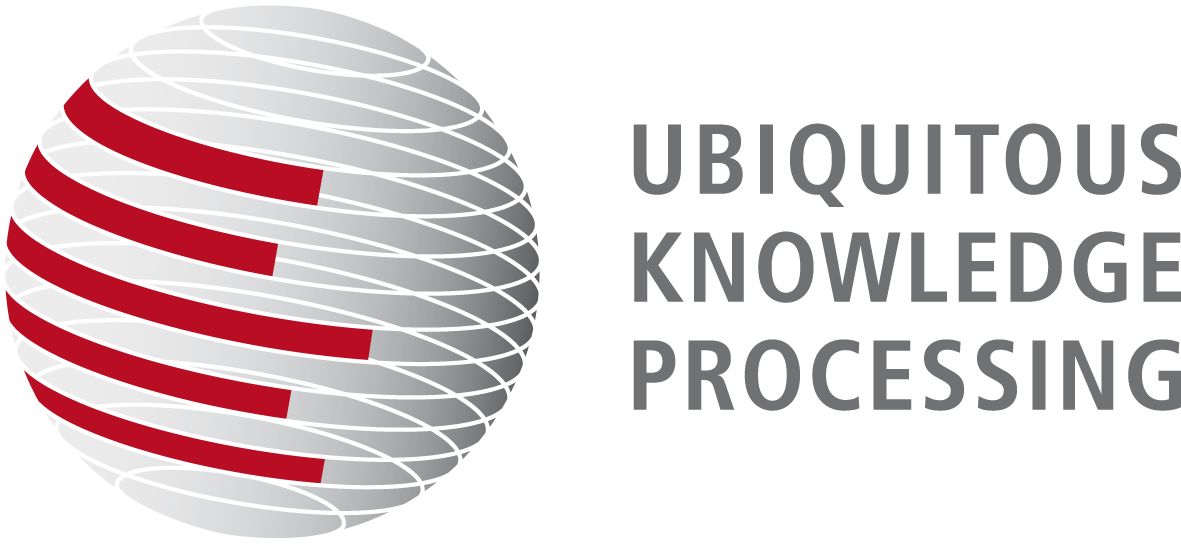Organization
The course will take place in presence.
- Lecture: Thursday 09:50-11:30, starting April 14.
- Practice class: Thursday 11:40-13:20, starting April 21. Practice class organisation will be announced in moodle.
- Exam
- Date/Time: (not fixed yet)
- Room: To be determined
- RegistrationTUCaN (will be added soon)
- Moodle Course: (will be added soon)
- The learning material is available from the Moodle eLeaning platform.
- Requirements
- To pass, each student has to take the written exam at the end of the semester.
- There will also be homework assignments in the practice class which will contribute to your overall grade.
Teaching Staff
- Dr. Thomas Arnold
- Aniket Pramanik
We currently do not have fixed office hours, so please contact us by mail to get an appointment.
Course content
Machine Learning and Natural Language technologies are integrated in more and more aspects of our life. Therefore, the decisions we make about our methods and data are closely tied up with their impact on our world and society. In this course, we present real-world, state-of-the-art applications of natural language processing and their associated ethical questions and consequences. We also discuss philosophical foundations of ethics in research.
Processing of unstructured web content
- Introduction
- Philisophical Foundations, History
- Bias and Misrepresentation
- Incivility in Communication
- Privacy & Security
- Language of Manipulation
Goals
After completion of the lecture, the students are able to
- Explain philosophical and practical aspects of ethics
- Show the limits and limitations of machine learning models
- Use techniques to identify and control bias and unfairness in models and data
- Demonstrate and quantify the impact of influencing opinions in data processing and news



